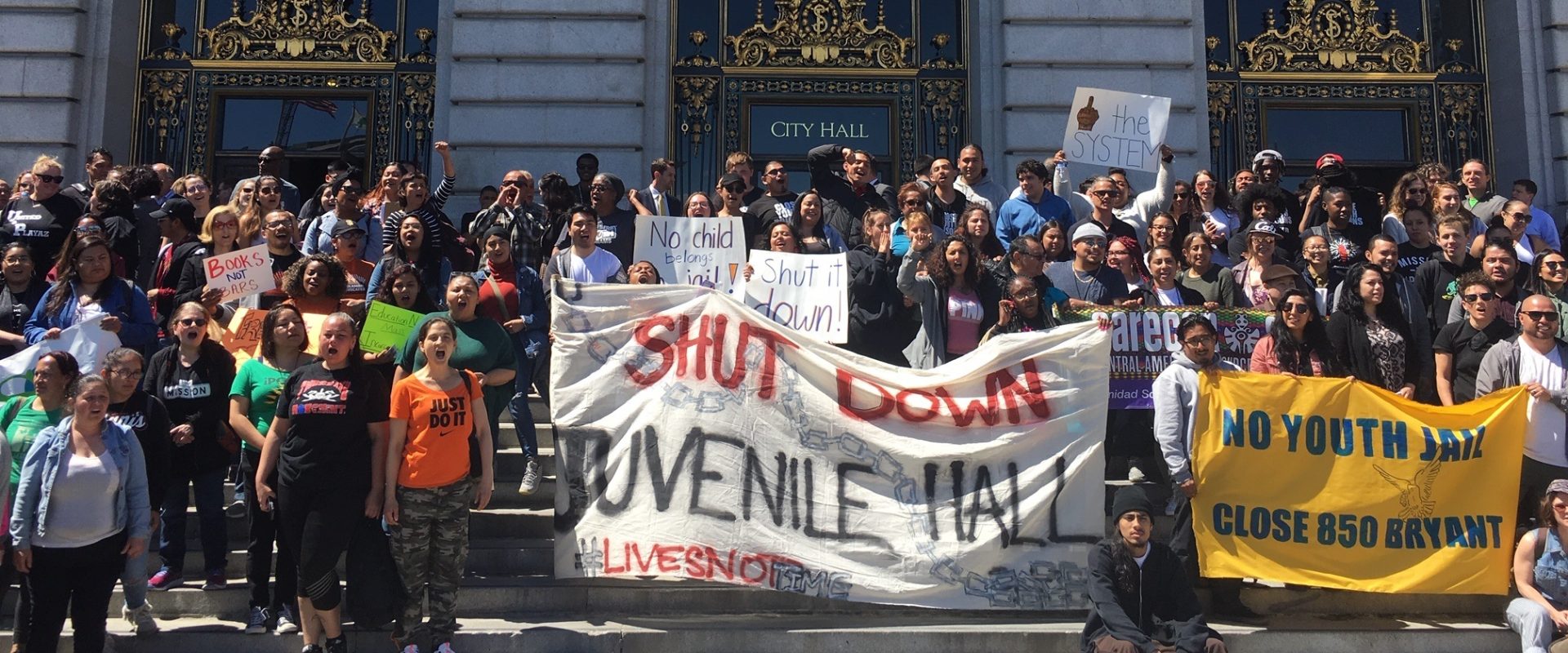Justice-involved youth have complex histories that not only contributed to their delinquency but present challenges for rehabilitation. These compound factors exacerbate a lack of self-confidence, learning difficulties, physical disabilities, and mental health issues.
In the early morning hours of May 11, 2011, while sleeping on his living room sofa, Jeffrey Hall was shot dead from point-blank range. The killer was Hall’s son who had a long history of violence.
Data-driven analyses hold lessons for practitioners
Blog Jan 31, 2013
CJCJ presents at WSC Conference 2013
On Saturday, February 9, 2013, CJCJ will present at the Western Society of Criminology Annual Conference in Berkeley, CA.
NCCD President Alex Busansky facilitated a conversation, between San Francisco District Attorney George Gascón and Philadelphia District Attorney Seth Williams, on recent justice reforms in their respective jurisdictions. The topic is of particular relevance to reform-minded criminal justice professionals, given the transformational role prosecutors can play.

